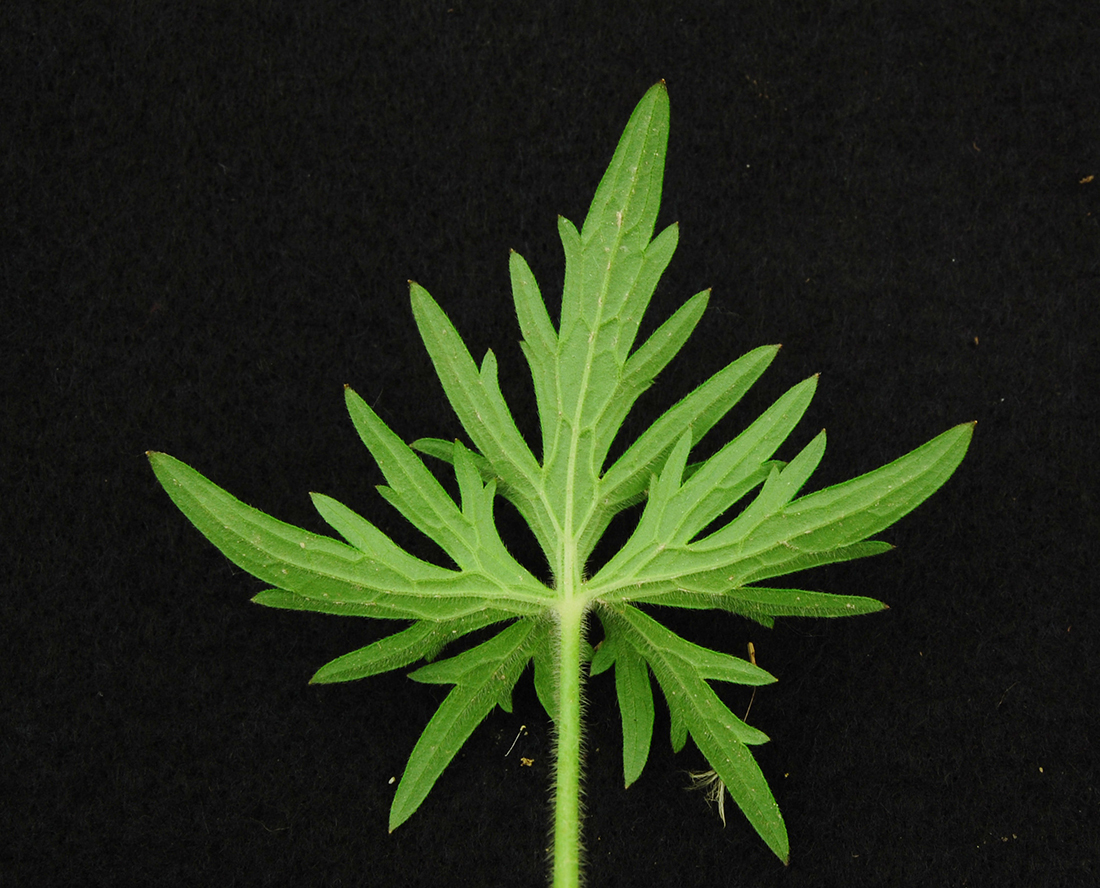Buttercups
Poisonous to livestock when consumed.
- Tall and Creeping Buttercup (Ranunculaceae family):
- Ranunculus acris L. and Ranunculus repens L.
- EPPO code:
- RANAC and RANRE respectively
Species information
- Lifecycle:
- Both species are perennial.
- Propagation:
- Both species reproduce by seed, while creeping buttercup also reproduces from horizontal stems that root at the nodes.
- Habitat:
- The buttercup species are rarely found in cultivated fields. They are most commonly found in meadows, pastures, lawns and waste areas.
- Toxicity:
- According to the University of Illinois Veterinary Medicine Library (Buttercup, Ranunculus spp, n.d), pasture grazed livestock are at the biggest risk of poisoning since the leaves of fresh buttercup species contain a bitter juice called protoanemomin which is the toxic component. Dried plants are not considered toxic, so the feeding of dry hay infested with dried buttercup plants is not considered risky. Tall buttercup has been most implicated in cases of livestock poisoning, symptoms of which include colic, diarrhea, laboured breathing, twitching and convulsions. Cattle are more sensitive to buttercup poisoning than other livestock.
Identification clues
We are lumping both common buttercup species together because the main concern of having any buttercup species in agriculture is the potential for livestock poisoning.
Therefore, it’s most important to tell the difference between both buttercups only if you wish to attempt management of one of these species through the use of herbicides.
There are distinct differences in the leaf structure of both buttercups, but simply put, tall buttercup is much taller than creeping buttercup.





Updated: January 13, 2023
Published: January 13, 2023